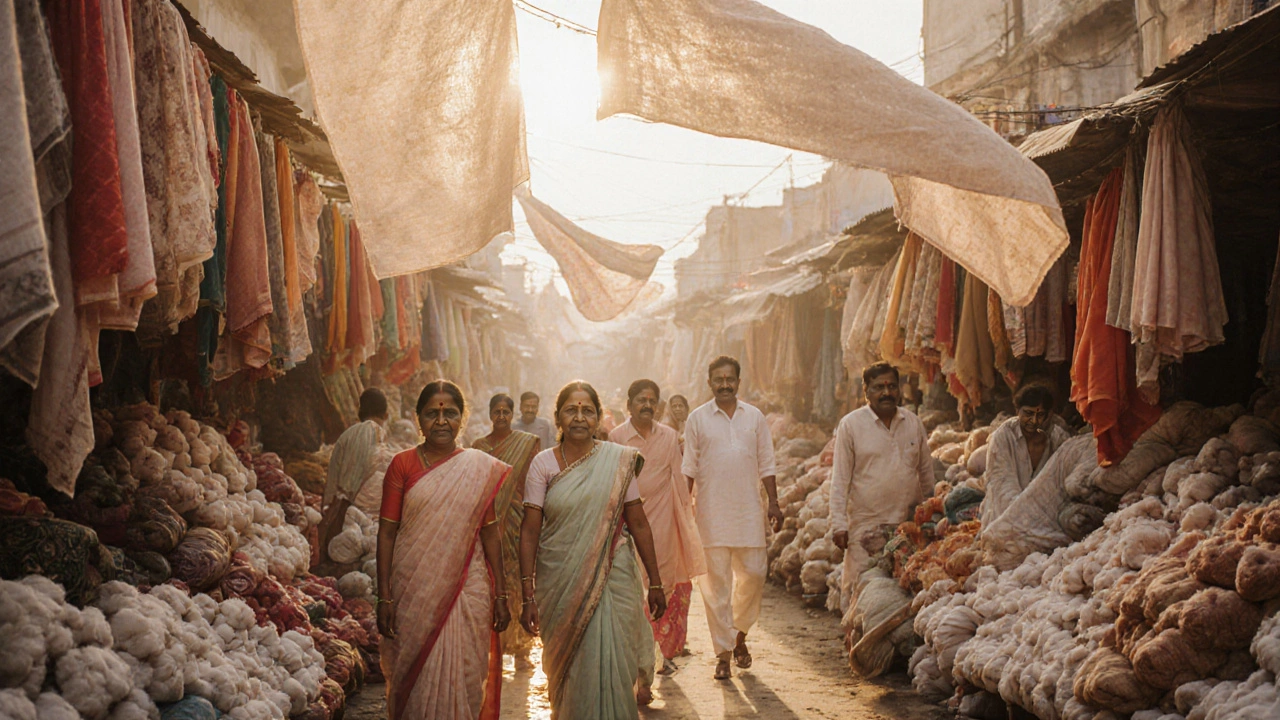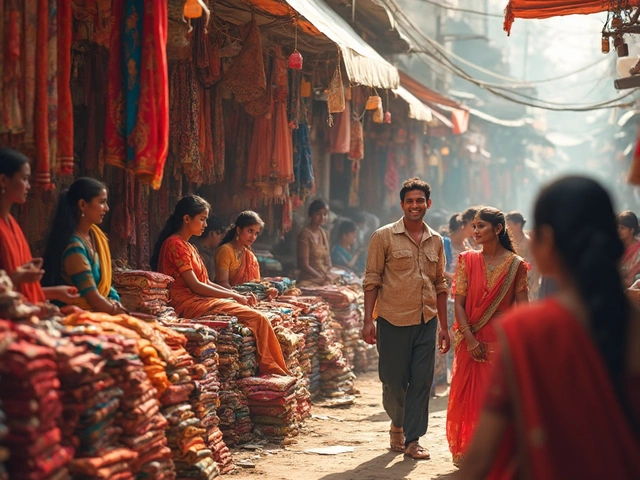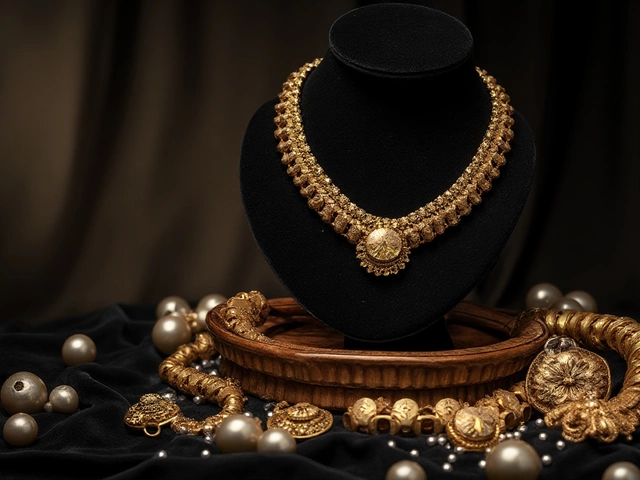Best Fabric India: Your Quick Guide to Luxury and Value
India is a treasure chest of fabrics, and picking the right one can feel overwhelming. Whether you’re after silk that shimmers like a waterfall or a warm pashmina that feels like a hug, this guide breaks down the top choices, what makes them special, and how to buy smart.
What Makes a Fabric "Best"?
Quality, durability, and how it feels on the skin are the three things most shoppers judge. In India, heritage plays a big role too – a fabric that carries a story often commands a higher price. Look for authentic hand‑loom tags, genuine raw materials, and consistent weave. If a seller can show you the source of the yarn or the weaver’s name, you’re probably getting the real deal.
Top Fabrics to Consider
Silk – From Banaras brocades to Mysore silk, the country’s silk range is unmatched. Pure silk has a natural sheen and drapes beautifully, but it can be pricey. When you shop, feel the fabric; it should be smooth and slightly cool to the touch. A genuine silk piece will also have a subtle, natural odor, not a chemical smell.
Pashmina – This Himalayan cashmere‑blend is famous for its softness and warmth. Real pashmina feels lightweight yet retains heat. Check the label for "100% pashmina" or "pashmina wool" – blends with a high percentage of acrylic are cheaper but won’t give the same feel. A quick tug test can show you if the fibers are tangled (good) or slick (likely synthetic).
Handloom Cotton – If you need everyday wear, handloom cotton from places like Gujarat or Tamil Nadu is a solid pick. It breathes, absorbs sweat, and gets softer with each wash. Look for a tight, even weave; any loose threads indicate lower quality.
Khadi – Made famous by Mahatma Gandhi, khadi is hand‑spun and hand‑woven. It’s eco‑friendly and comes in a range of weights, from light for shirts to heavier for jackets. The texture is slightly rough at first but smooths out over time.
Linen – Though not as traditional as silk or cotton, linen is gaining popularity for its crisp look and cooling effect. Genuine linen feels cool and slightly crisp. It wrinkles easily, which some people love for the relaxed vibe.
When you compare prices, remember that brand name and region matter. Silk from Varanasi will often cost more than silk from a mass‑market factory, but the craftsmanship can justify the extra rupees. The same goes for pashmina; a piece from Kashmir will usually outshine a generic ‘pashmina‑look‑alike’ from elsewhere.
One practical tip: always ask for a return policy. Good sellers know confidence in their product and will let you return or exchange if the fabric doesn’t meet expectations. A clear return window also protects you from online scams.
Finally, take care of your investment. Store silk and pashmina in breathable cotton bags, avoid direct sunlight, and hand‑wash gently with mild detergent. Handloom cotton can be machine washed on a gentle cycle, while linen thrives with occasional sun‑drying.
By focusing on material, weave, and source, you can navigate the vibrant Indian fabric market and walk away with pieces that look great, feel great, and last long. Happy shopping!
Best Fabric to Wear in India - Climate‑Smart Choices for Comfort
Discover the most breathable, comfortable fabrics for India's diverse climate. From cotton to bamboo, learn how to pick the perfect material for heat, humidity and festivities.





